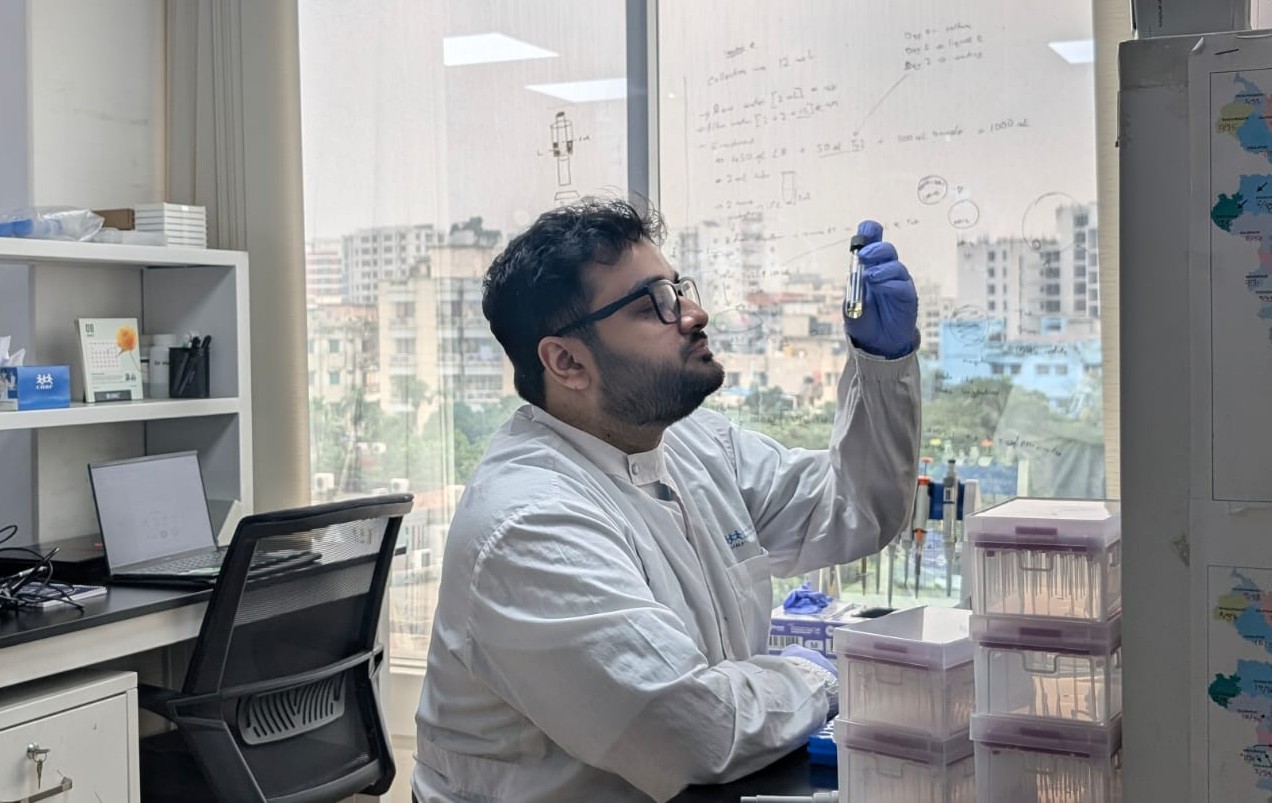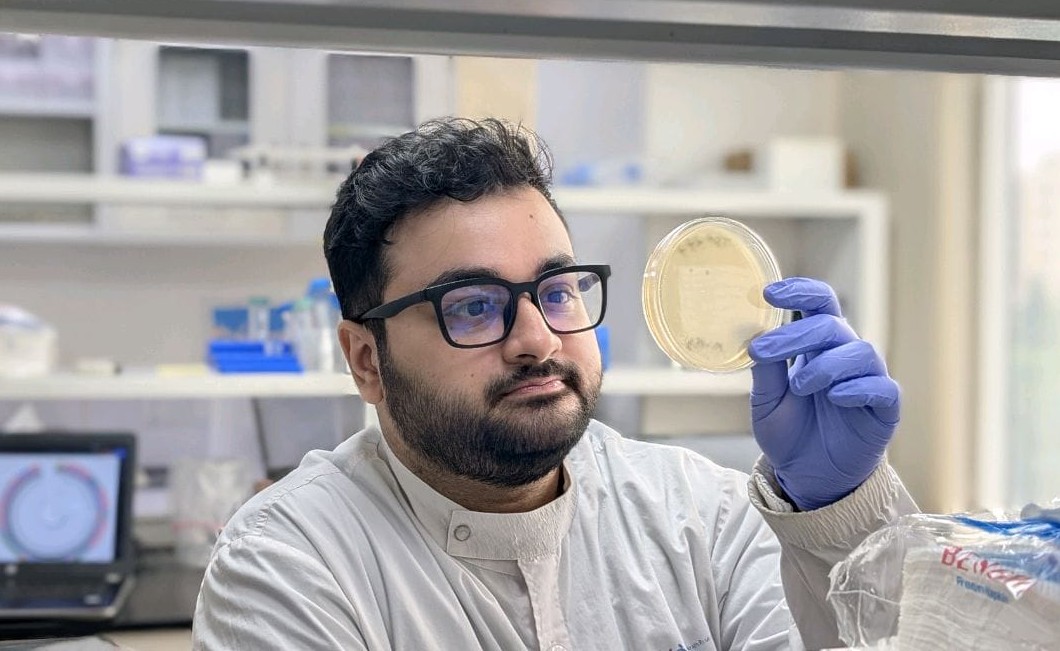
Every petri dish in a lab tells us a story of a patient. And a drop of
sewage water also tells us the story of a community.
At the Child Health Research Foundation, our approach goes beyond waiting for infections to be reported in hospitals. We utilize environmental surveillance and the presence of Typhi-specific phages, viruses that infect Salmonella Typhi, to understand the prevalence of Typhoid fever in a community. During our recent study, we collected over 10,000 sewage samples from all 64 districts of Bangladesh to identify and analyze the presence of Typhi phages.
And we go even further – sequencing of phages to find out about their families and diversity, and how they interact with the bacteria themselves.
Why does this matter?
Because signals from the environment can lead to timely actions - from generating data to introducing and directing vaccine campaigns where they are needed most. It is a real-world example of how microbiology and molecular biology meet to lead to public health impact. As the global fight against typhoid continues, especially in low- and middle-income countries, integrating phage surveillance into national strategies could reshape how we prevent, detect, and respond to such diseases.`
Moving Ahead:
By combining environmental surveillance with genomic data, now we are beginning to map not just where typhoid is spreading, but how these phages might affect bacterial populations in the environment. This dual focus, capturing the signal and decoding the system, is what makes phage-based surveillance a powerful frontier (and a tool) in infectious disease monitoring and studying their interactions.
Phages may be small, but they have powerful roles. They show us how much we can learn when we look into the water. So, along with finding the signal, we also aim to learn the system!
Written by,
Shuborno Islam
Research Officer at CHRF
His work focuses on Typhi-phages, studying their prevalence across the nation and dynamics in the environment. He is also exploring phage genomics through sequencing to better understand phage biology.

